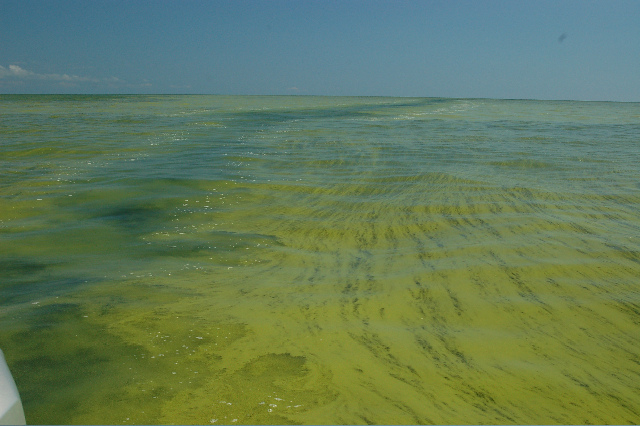
A study led by Ohio State University on the physical causes of toxic algae and the social environment around them has some charitable findings: Ohio residents say they would be willing to pay to reduce toxic algae in Lake Erie.
As noted by the study, published last December, Lake Erie contains 50 percent of all the fish in the Great Lakes, supports a $1.7 billion tourism industry and provides drinking water for 11 million people.
The study found that when asked to put a monetary value on reducing toxic algae in Lake Erie, the public consistently placed the value at $150 million. The public then placed an additional $150 million value on each additional 10 percent (so the public thought a 20 percent reduction would be worth $300, etc). The public then answered that they would be willing to pay higher food prices or a special income or sales tax that would benefit farmers with the goal of reducing runoff.
The United States and Canada recently signed a binational agreement to cut phosphorus discharge into Lake Erie by 40 percent. However, reaching that 40 percent isn’t easy. In particular, the study found that although many farmers are already implementing alternative farming practices that reduce algae levels (by reducing phosphorus run-off from fertilizer), a substantial number need to join them to reach the phosphorus reduction goals.
To learn more, visit: news.osu.edu
[Photo via NOAA Great Lakes Environmental Research Laboratory/Flickr.]



